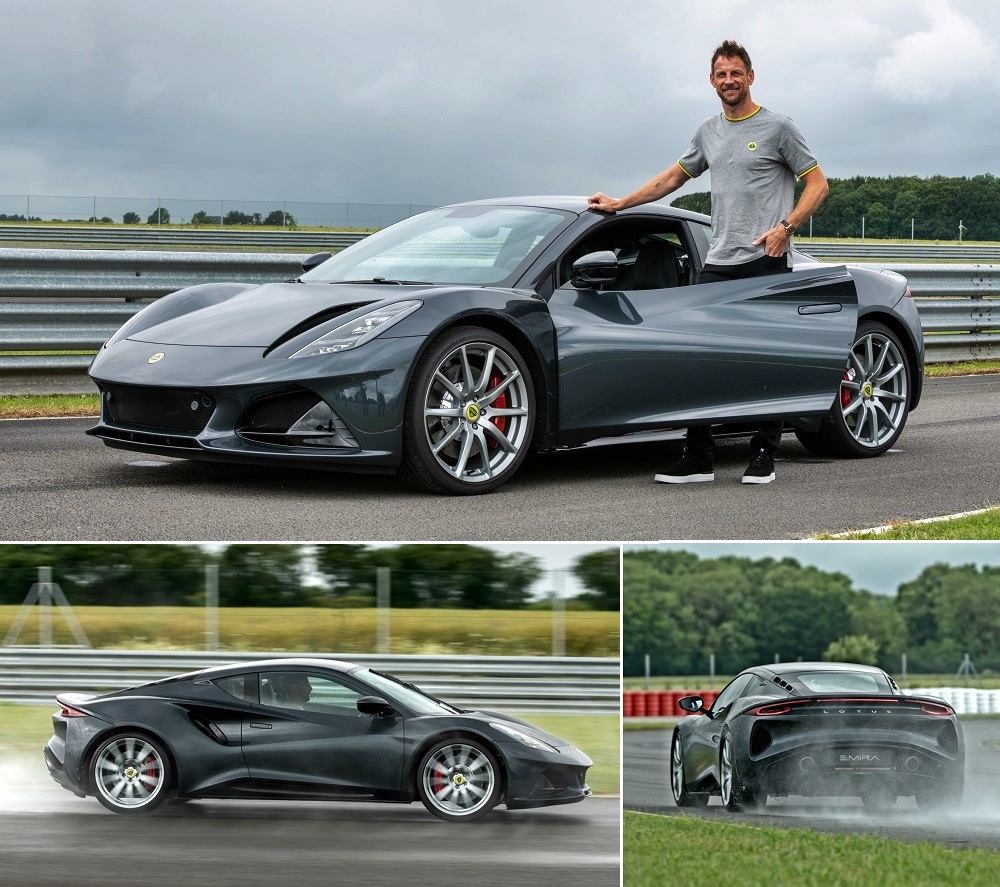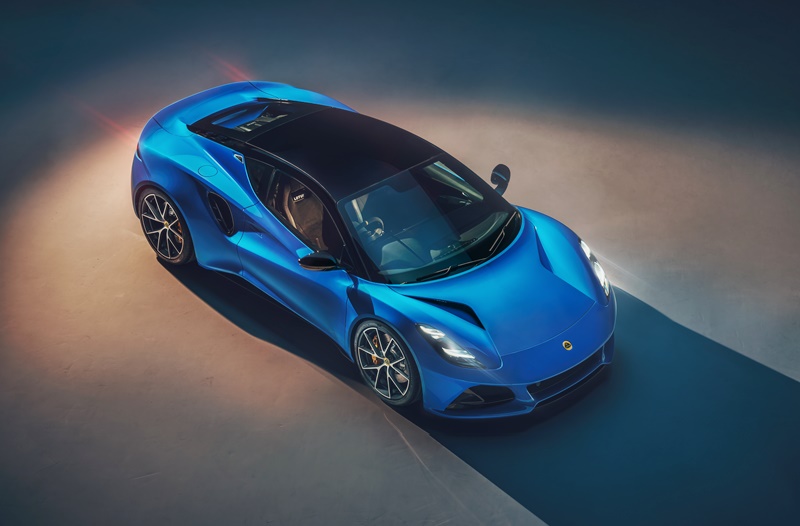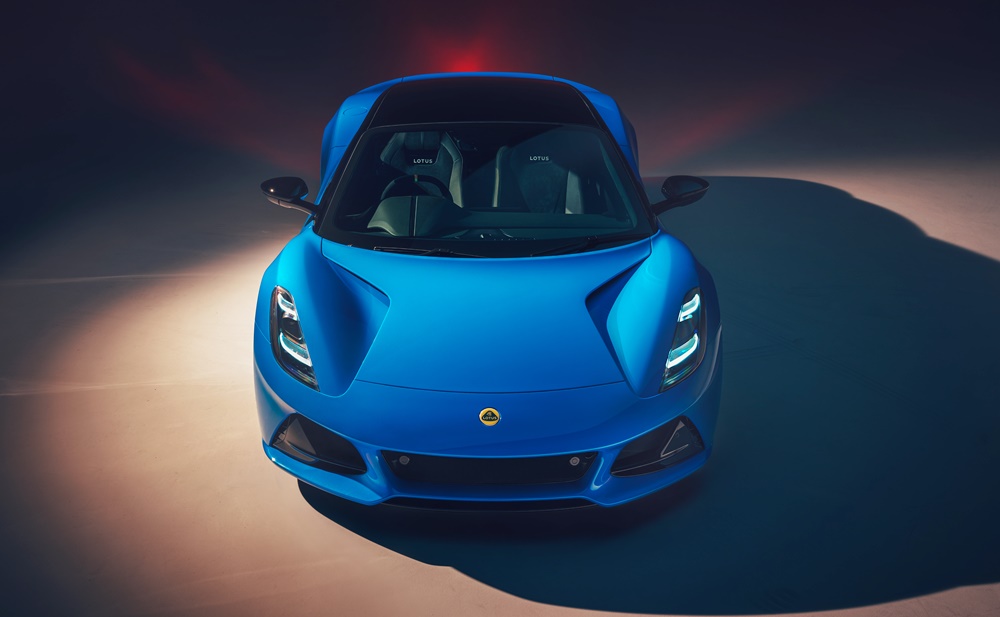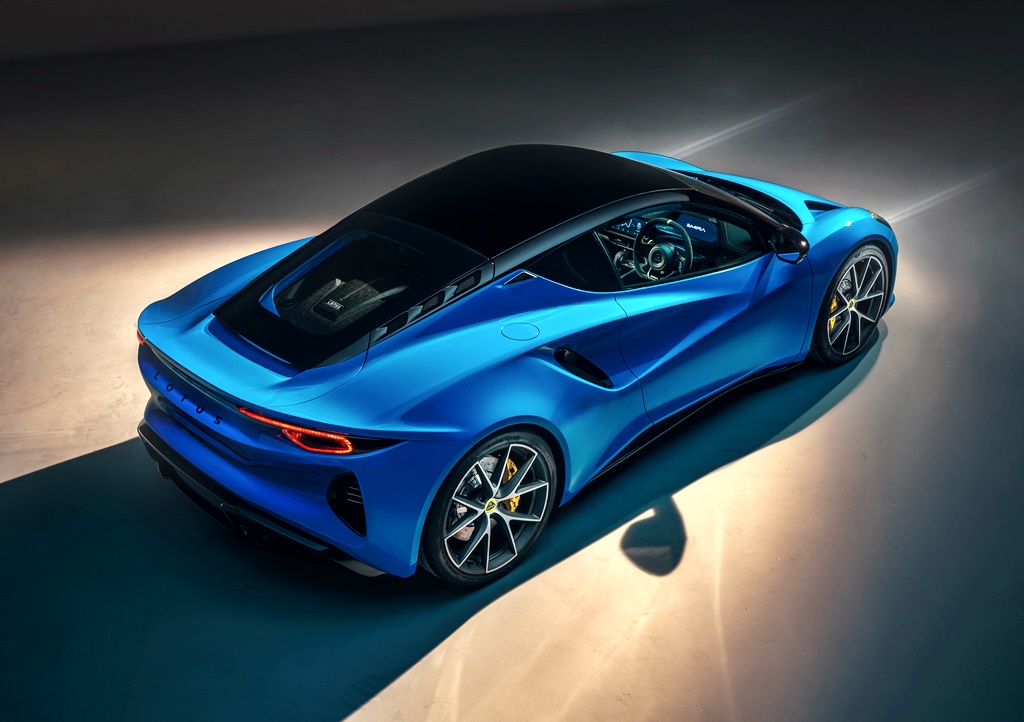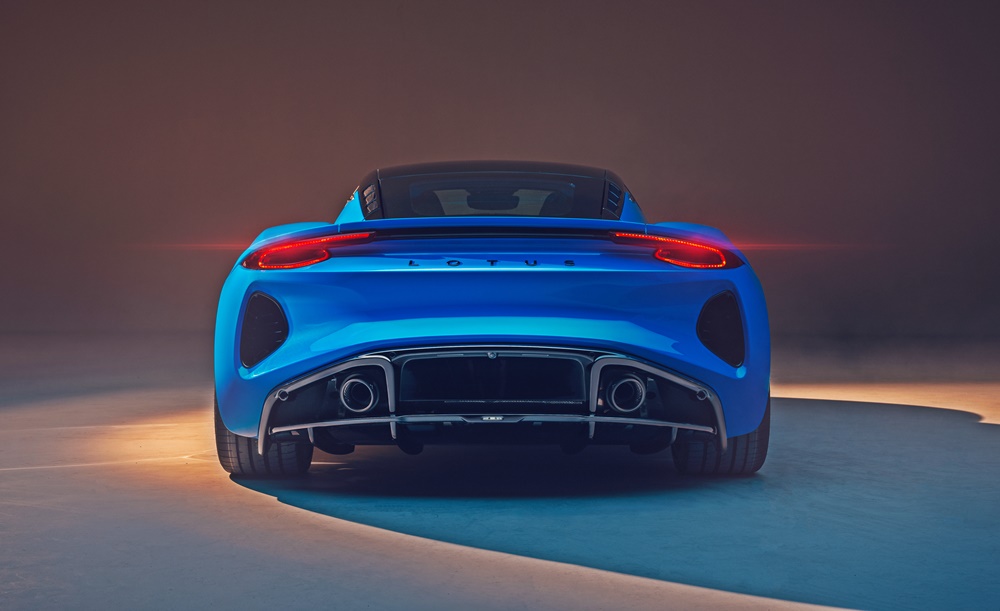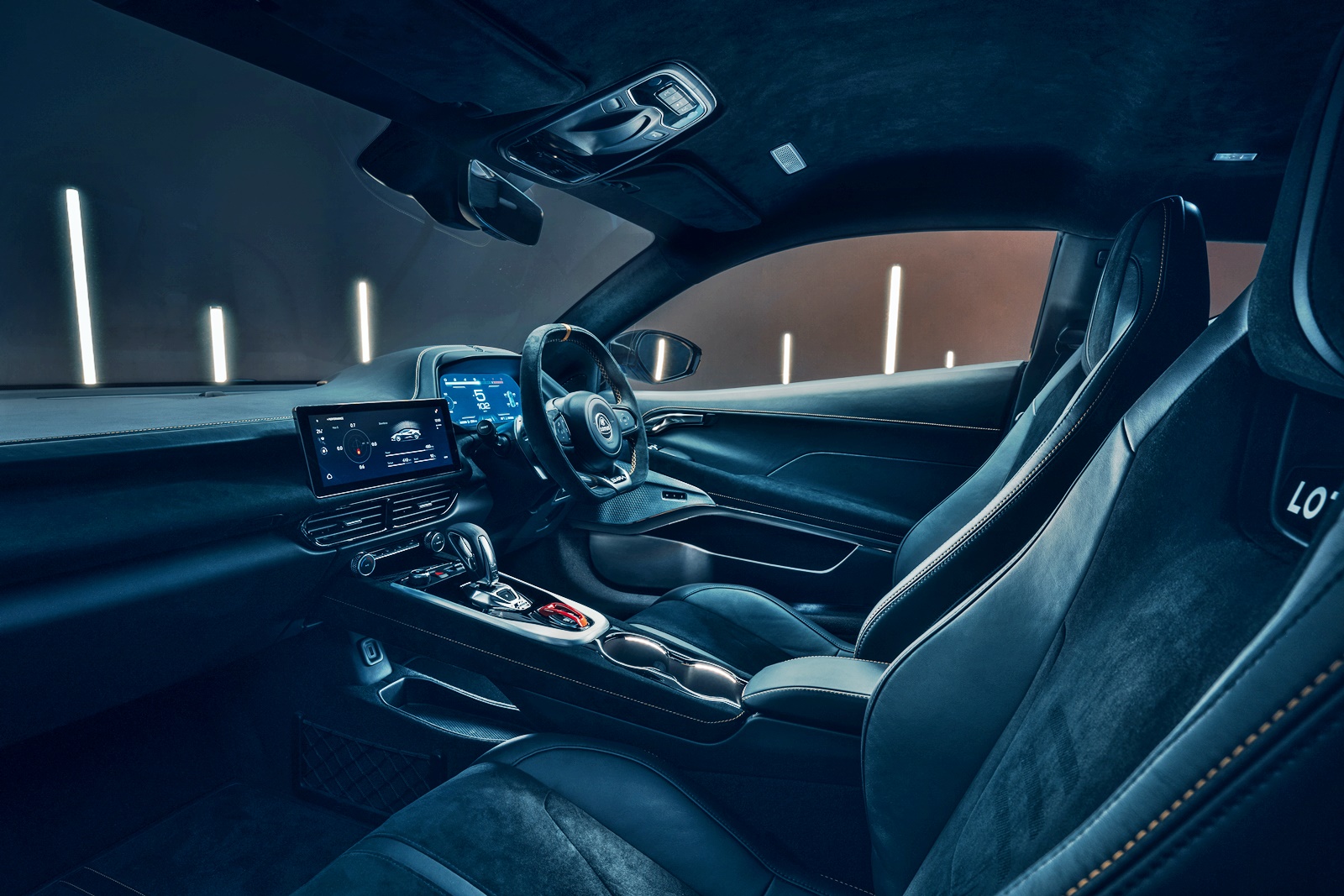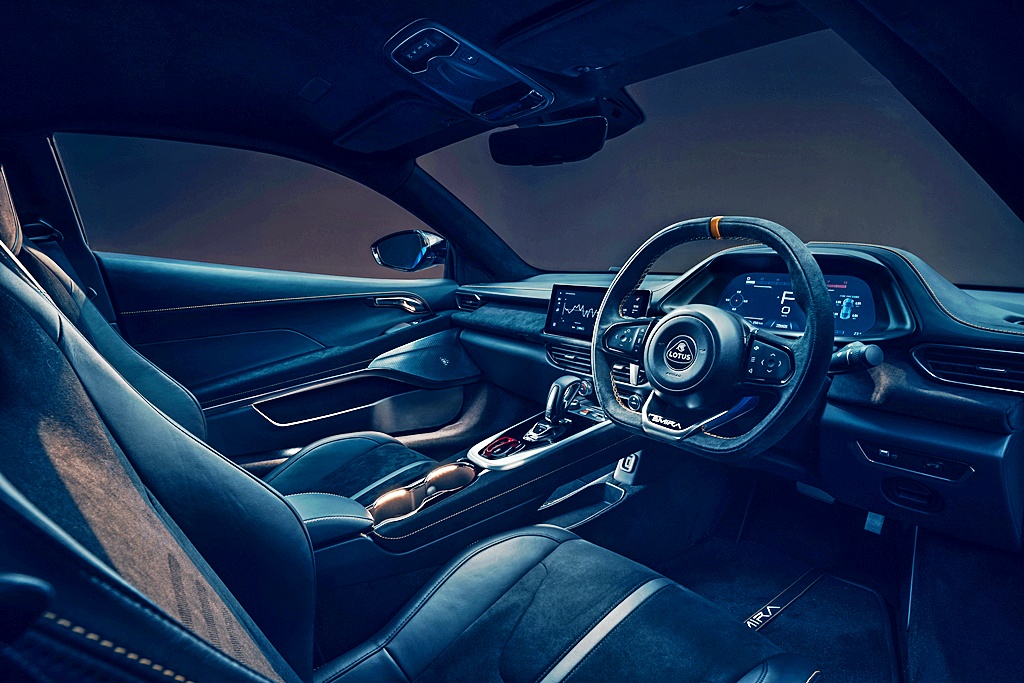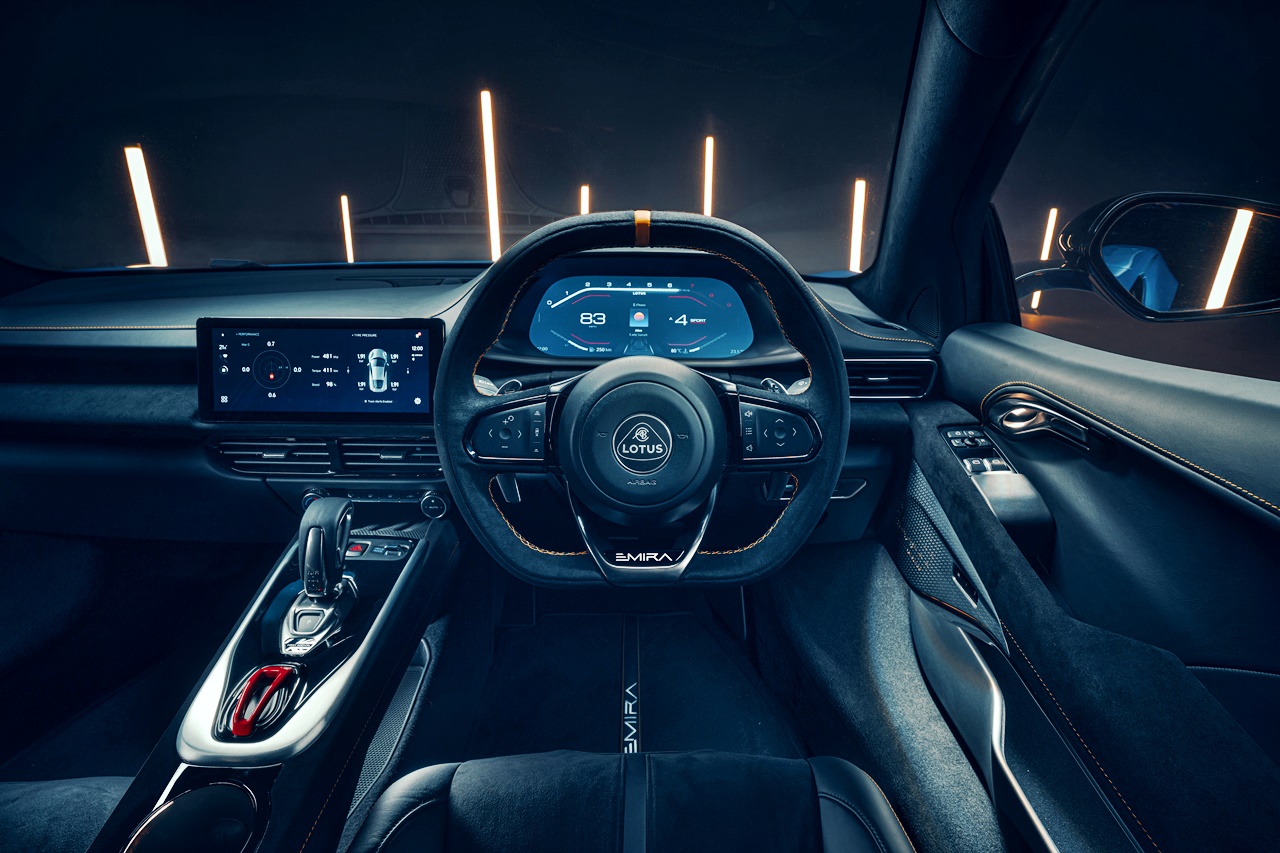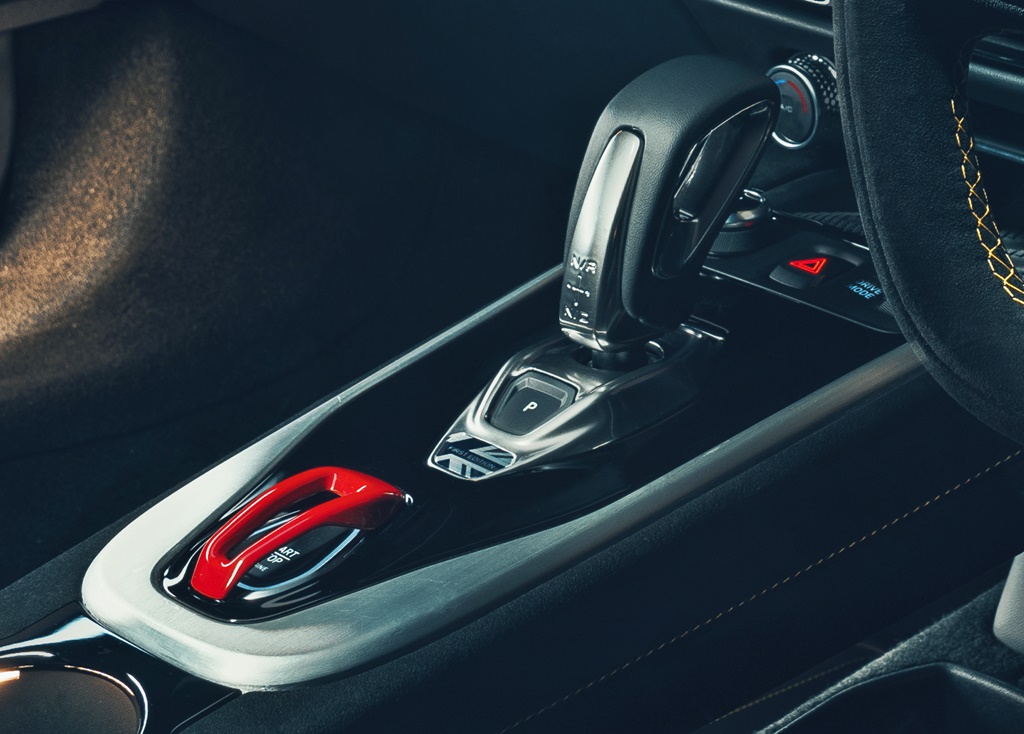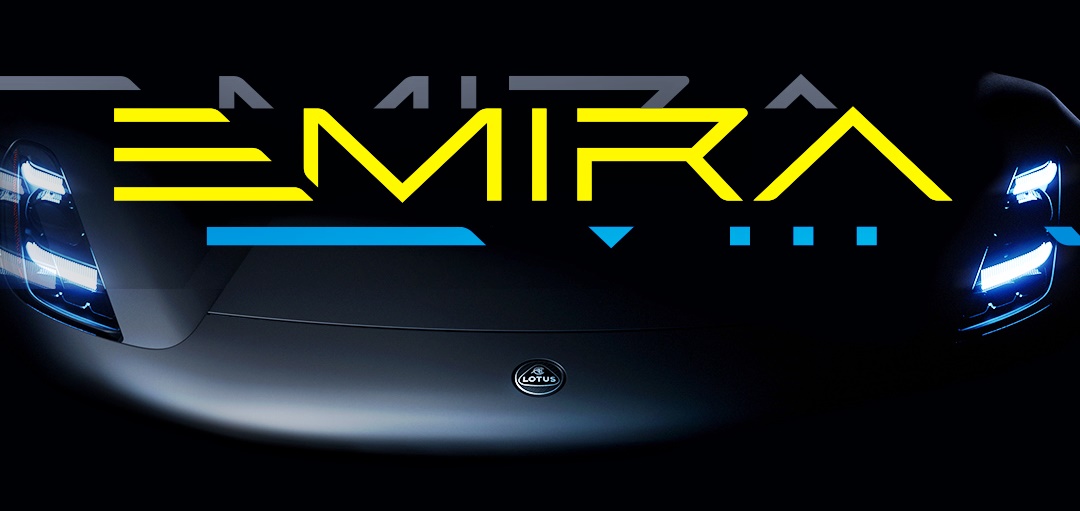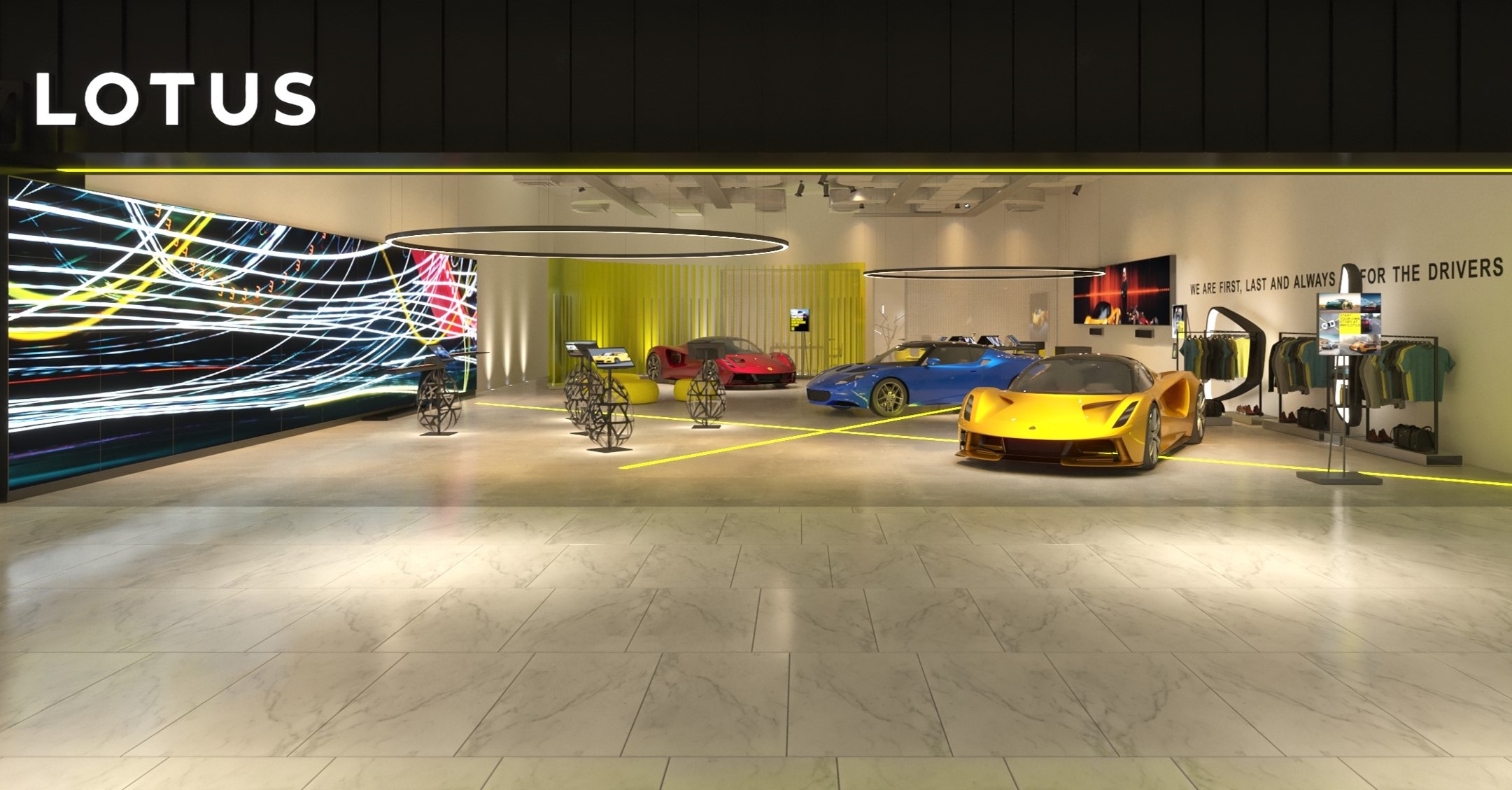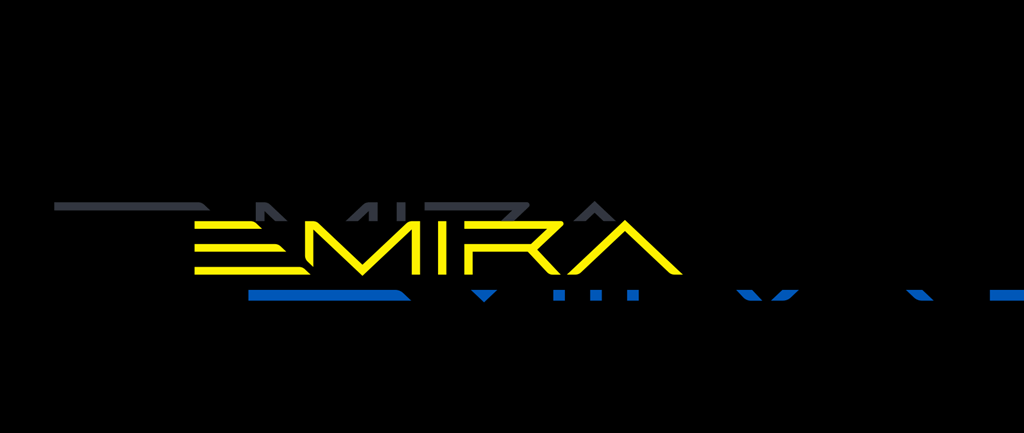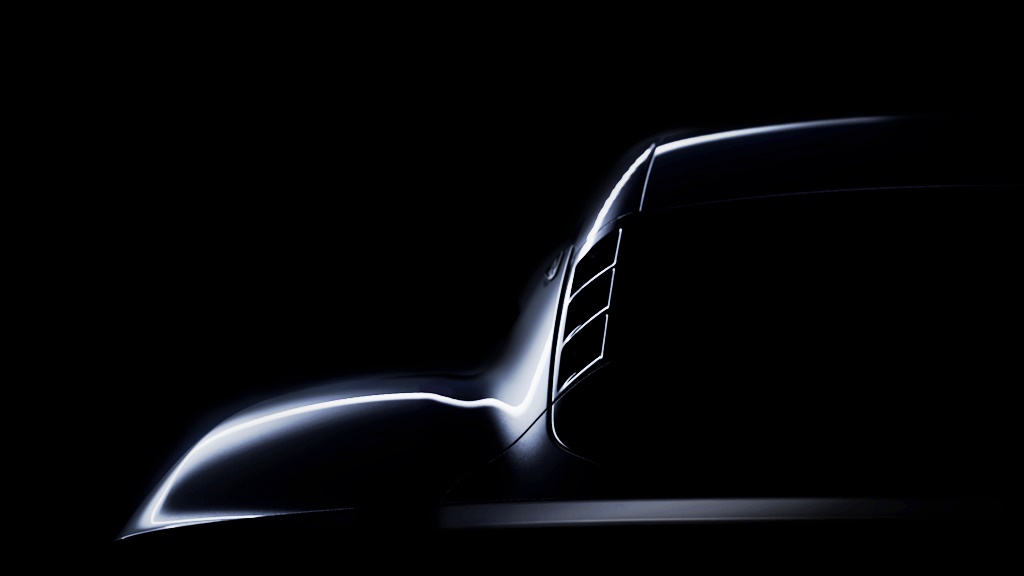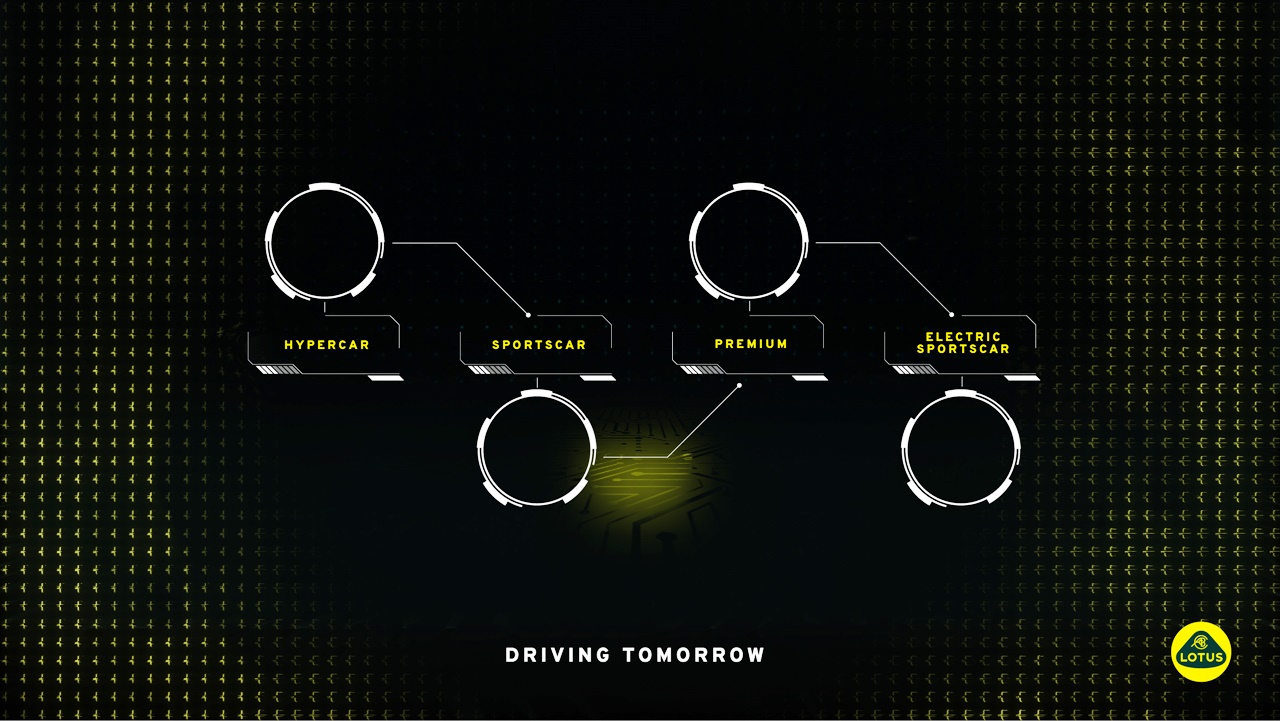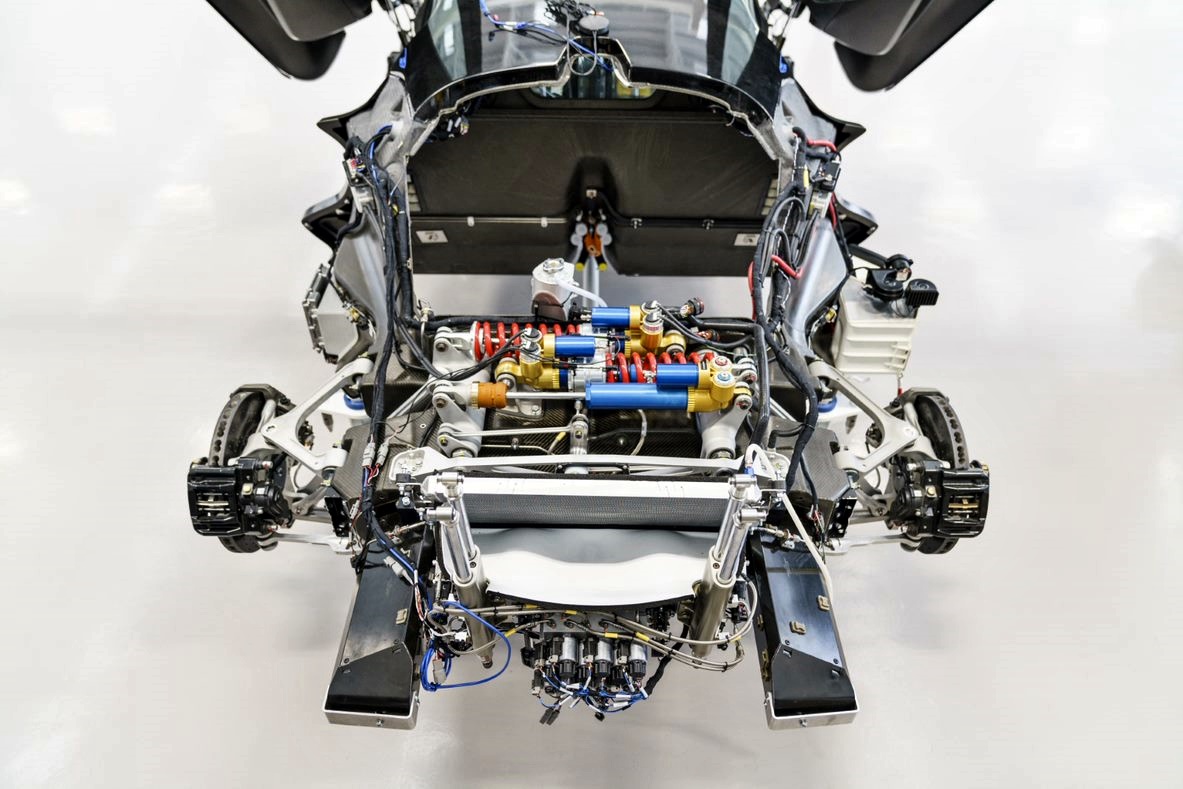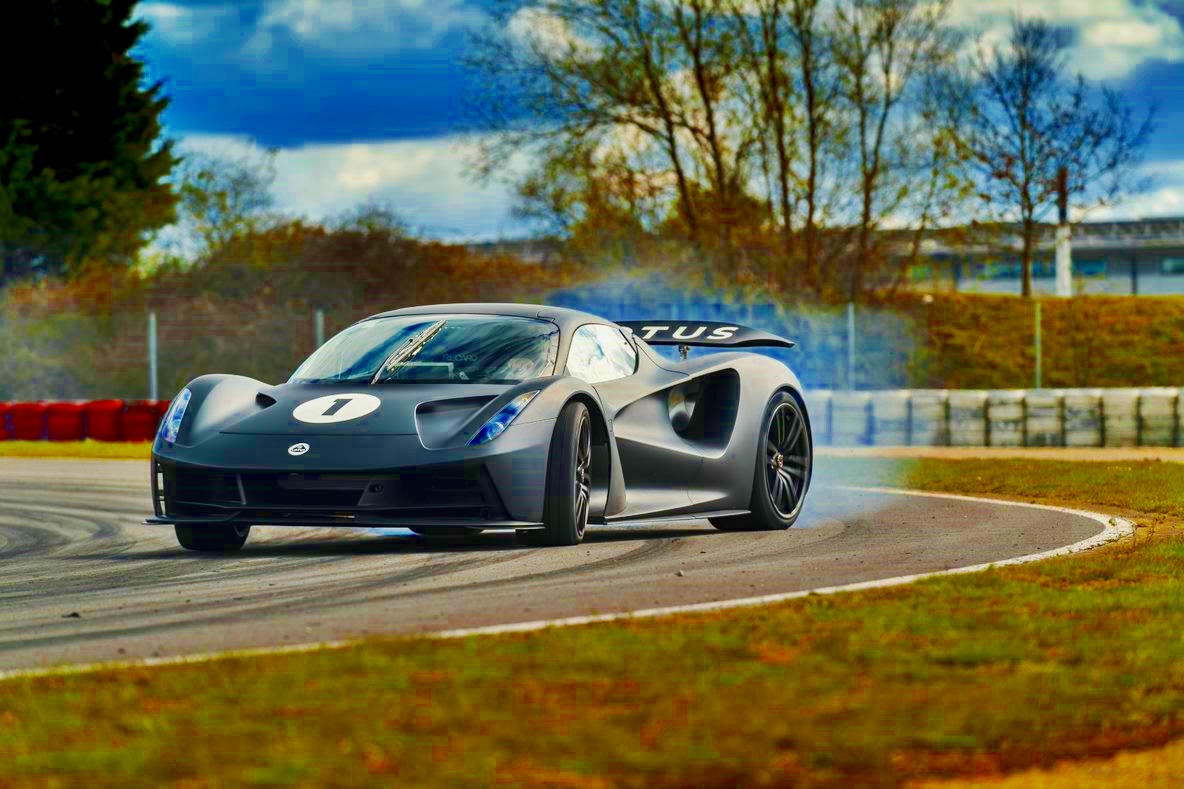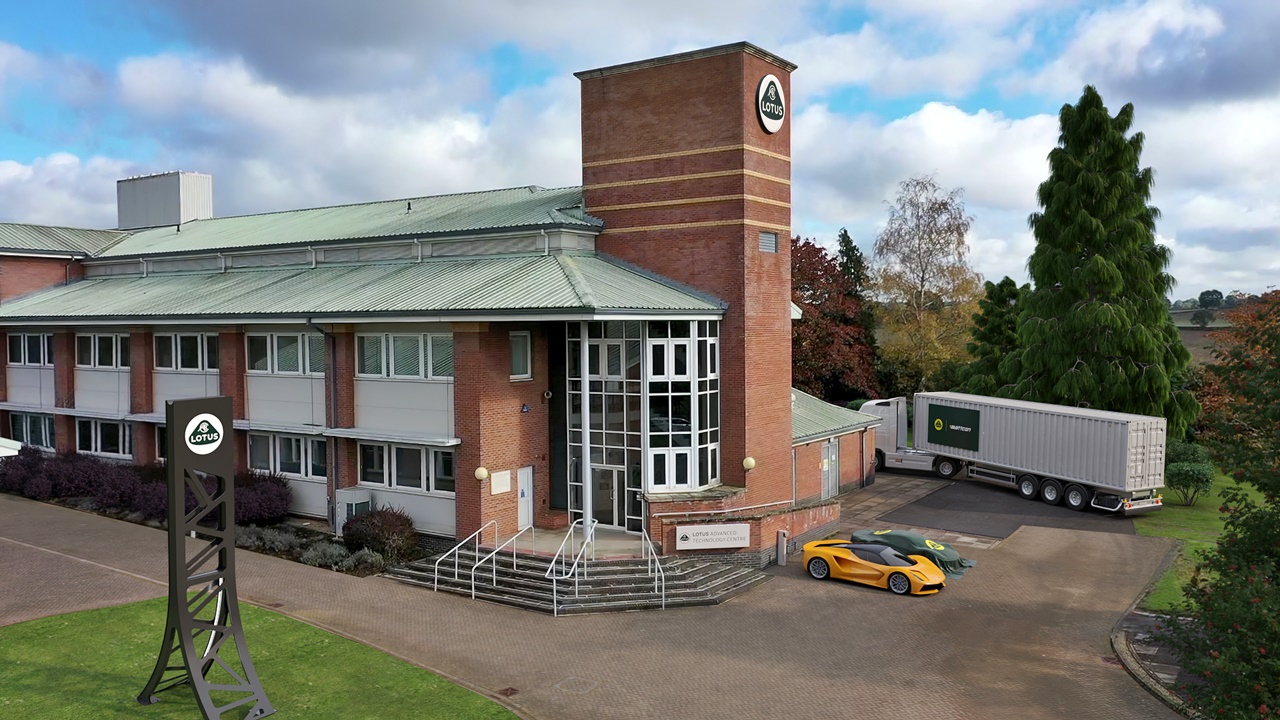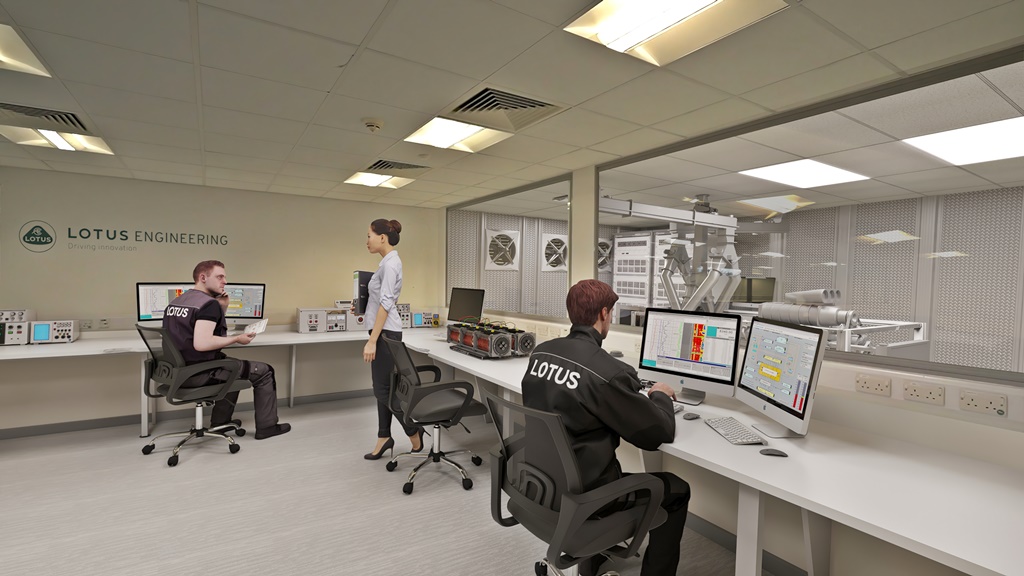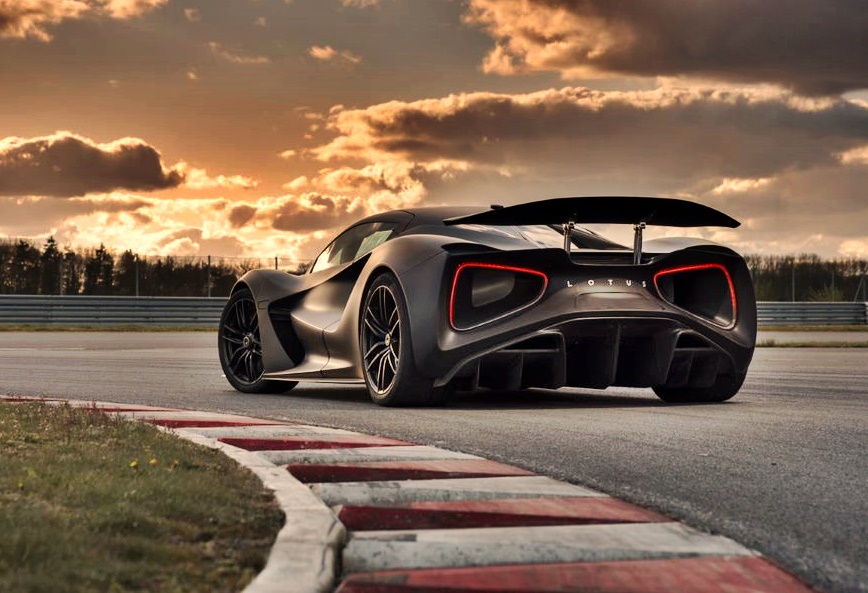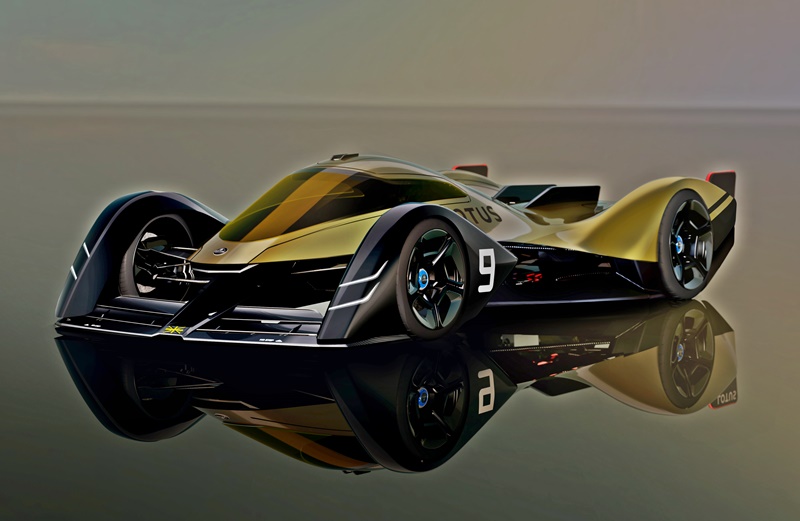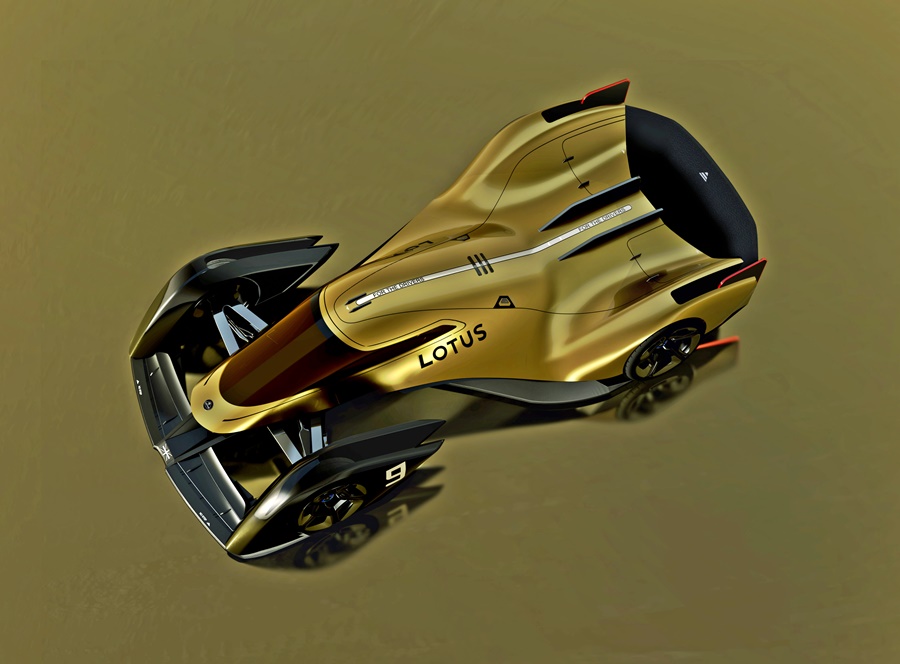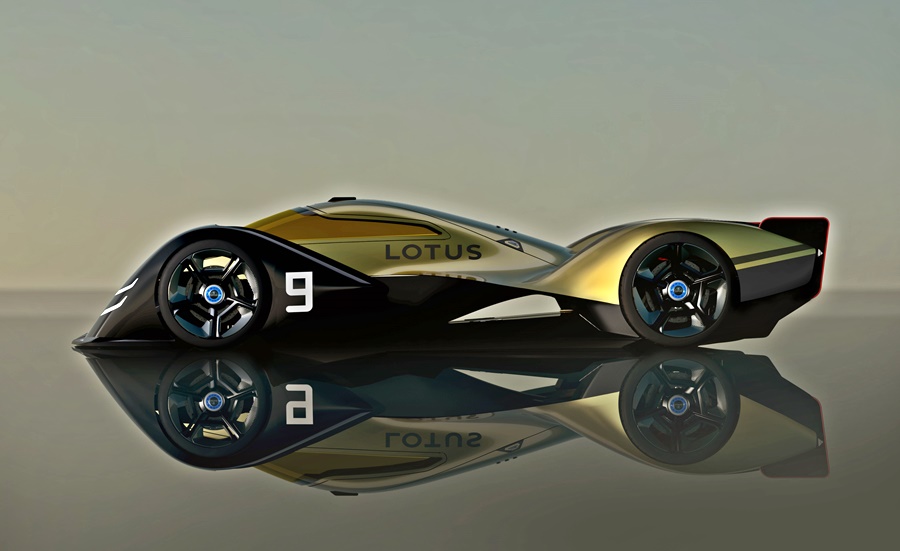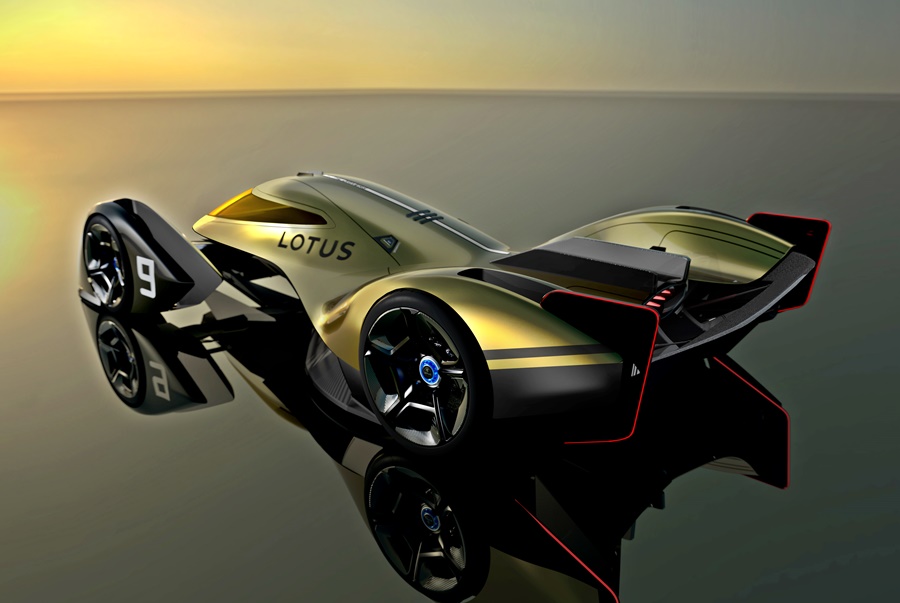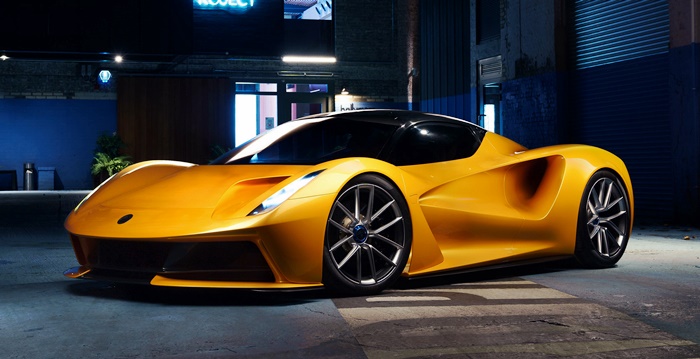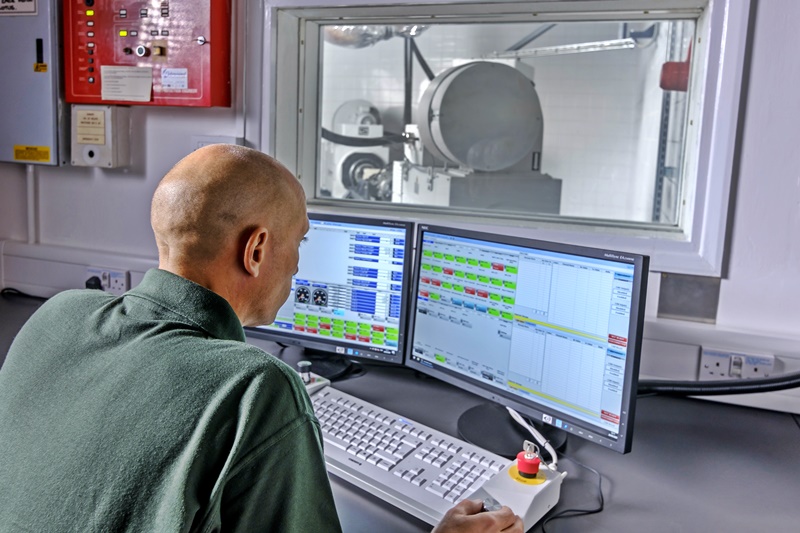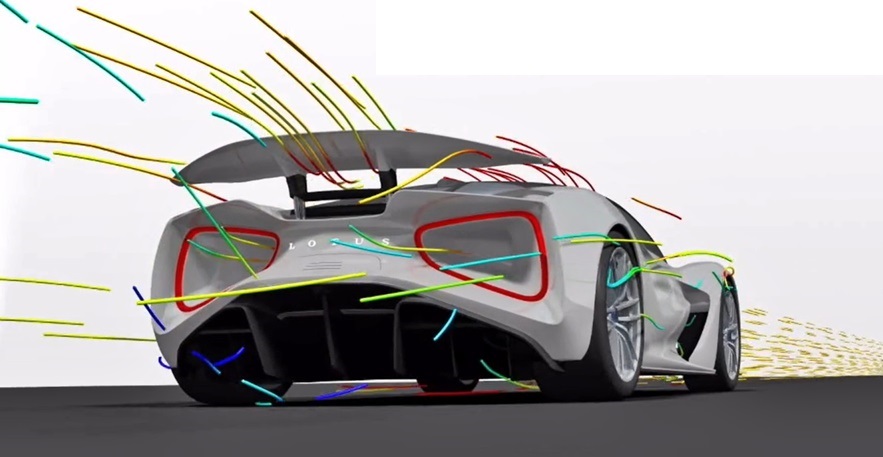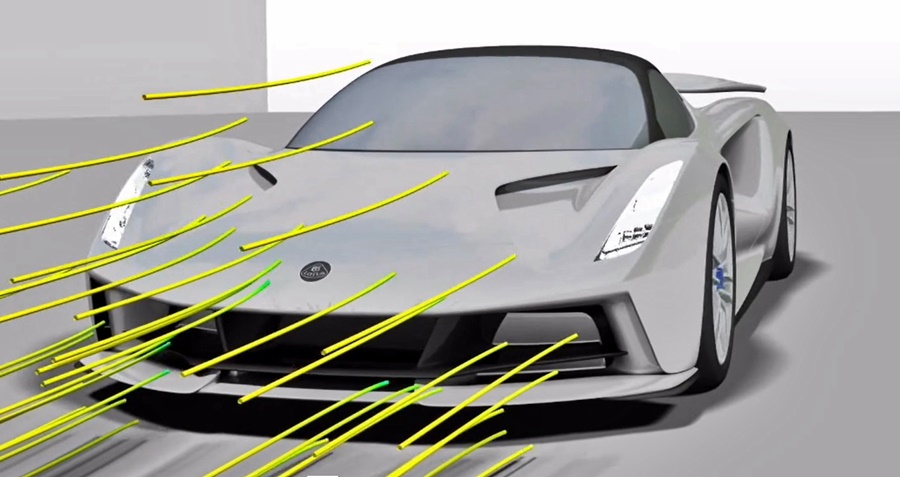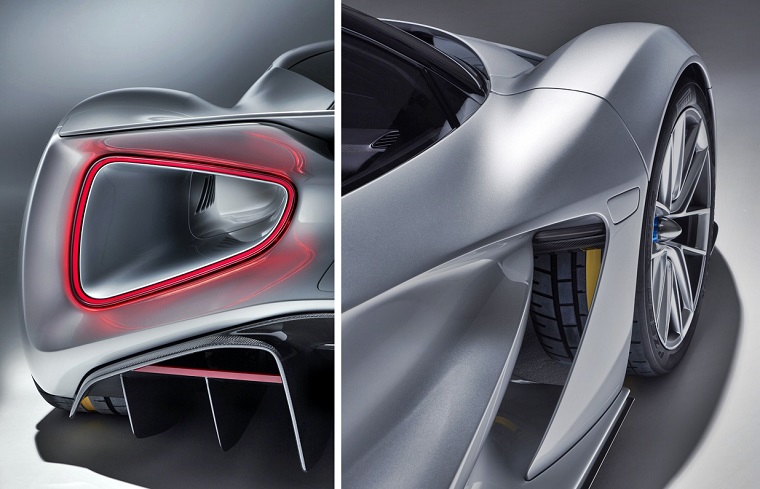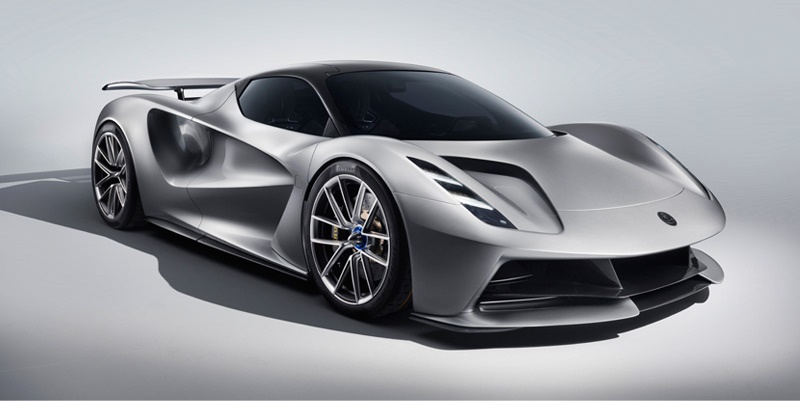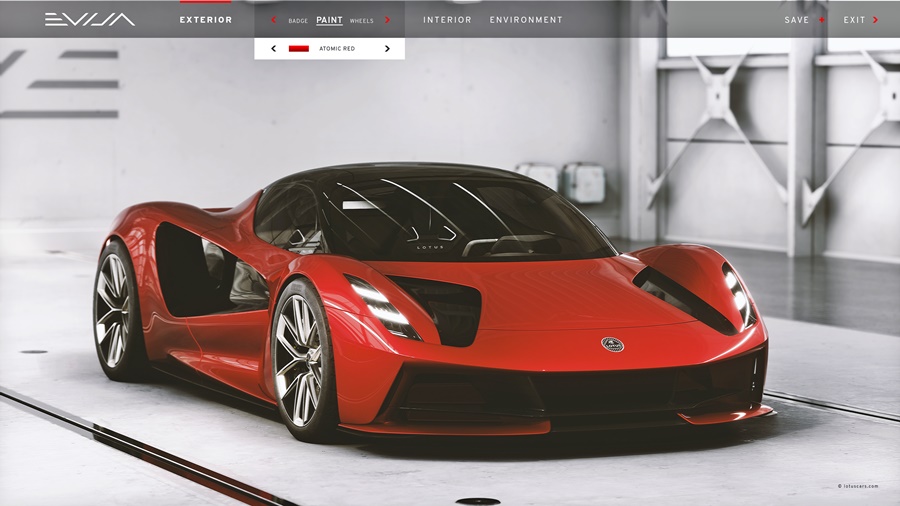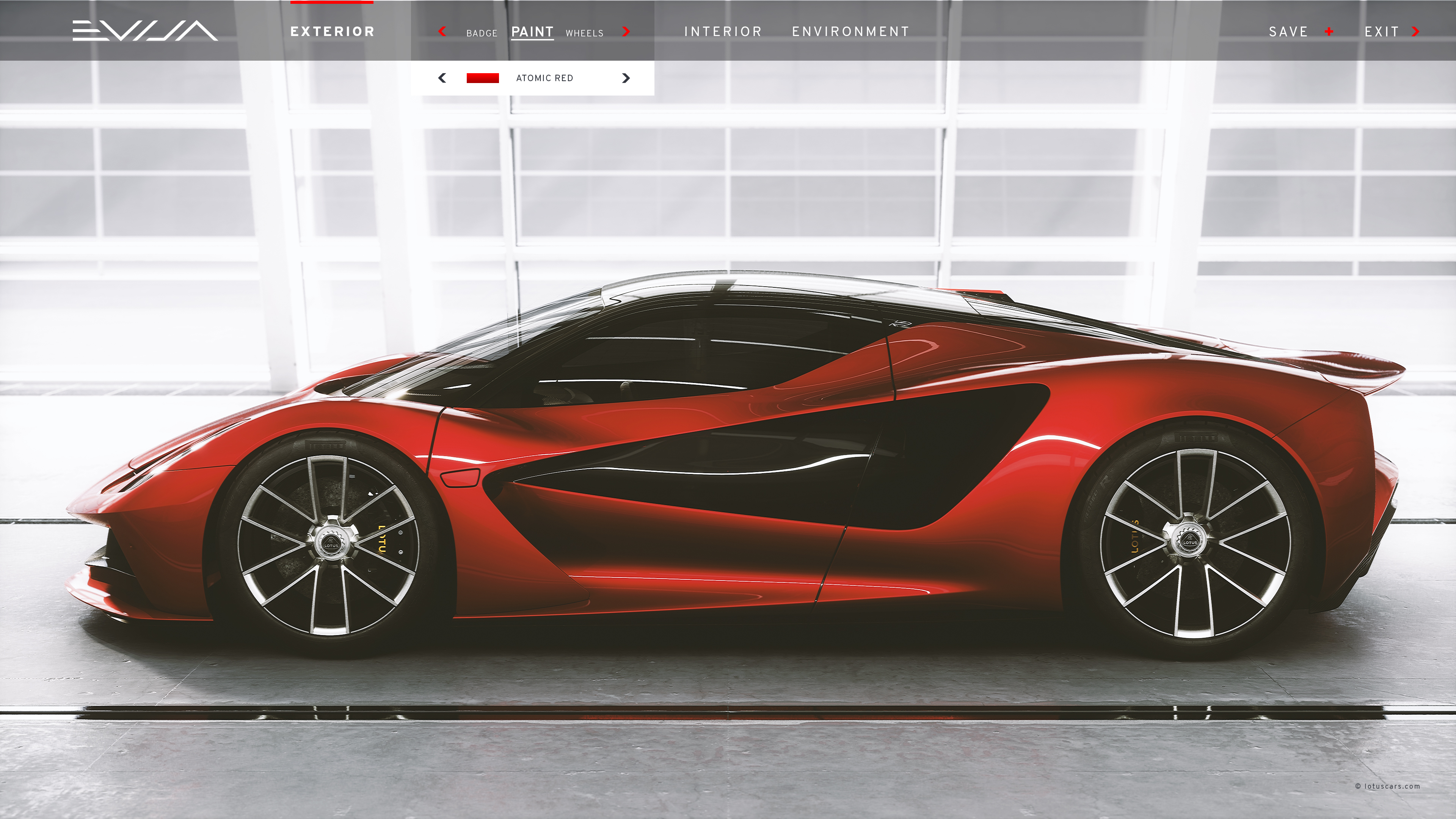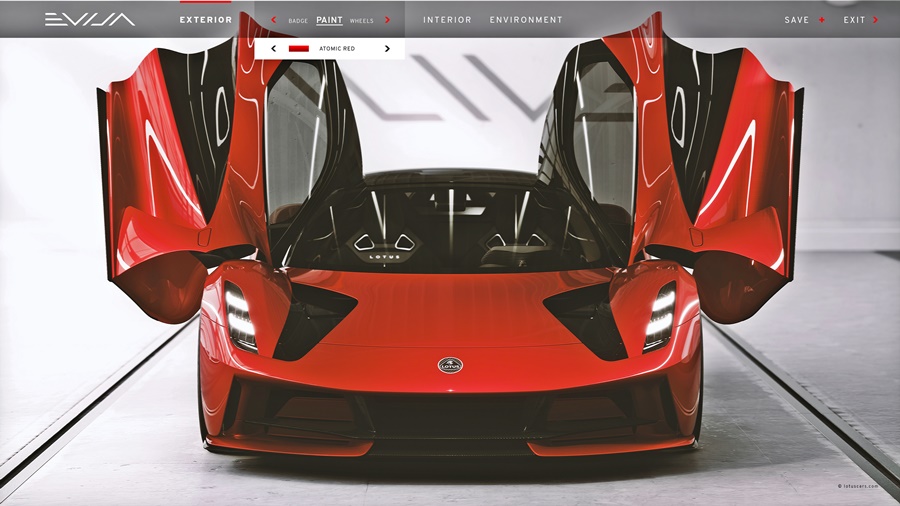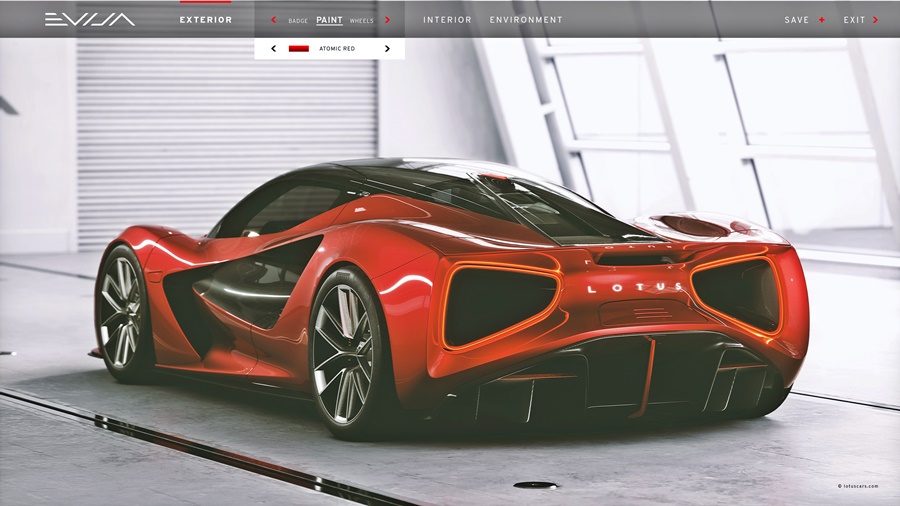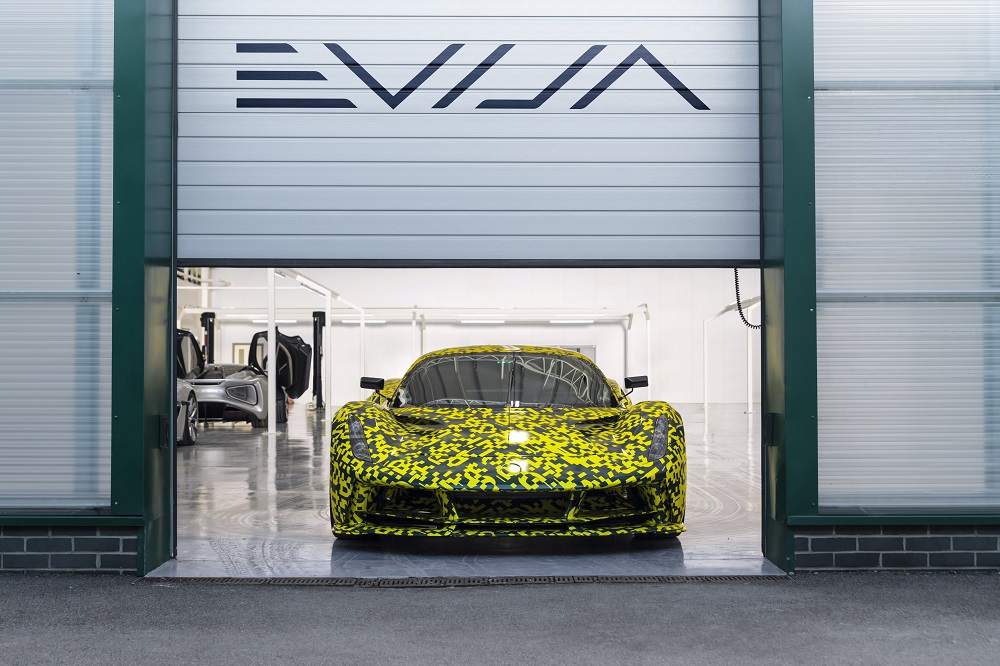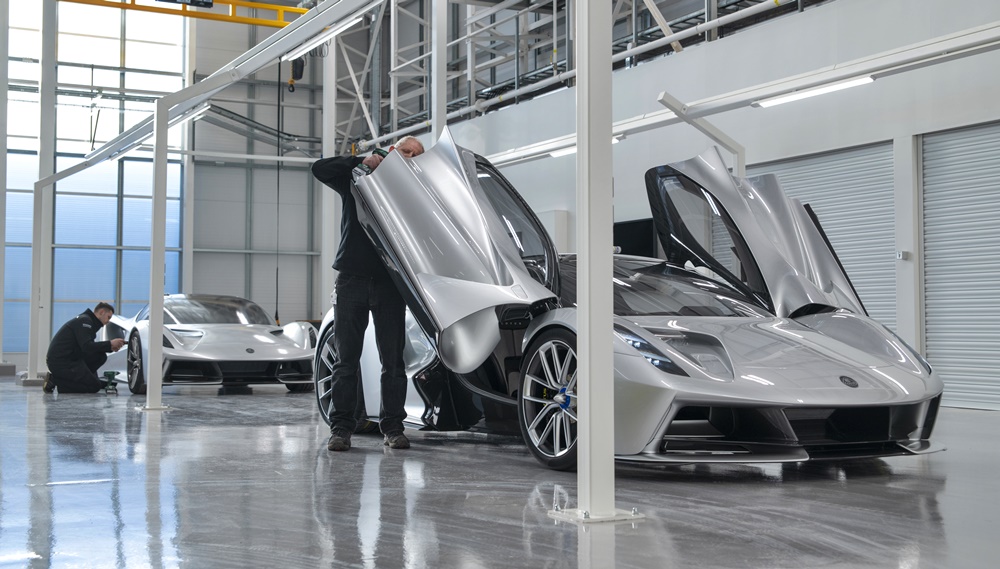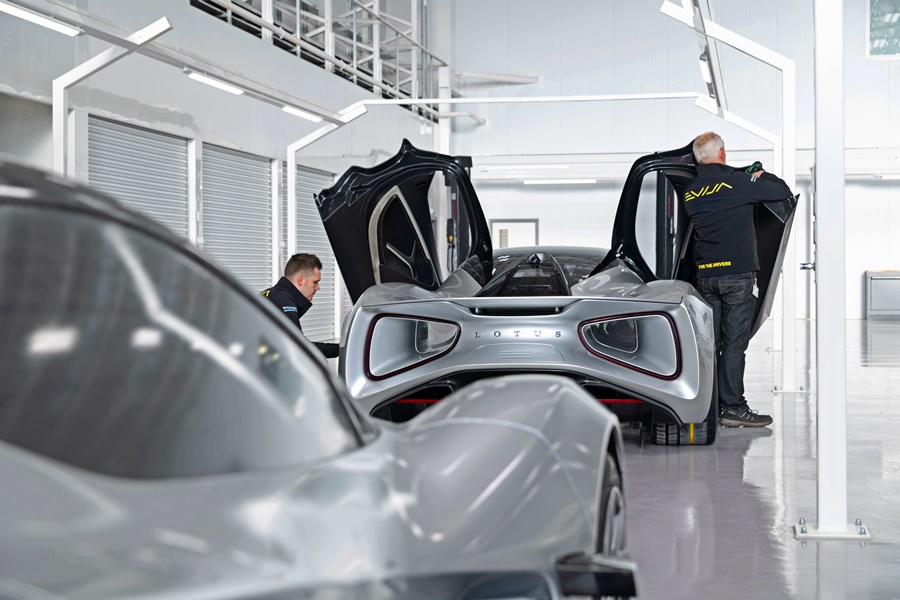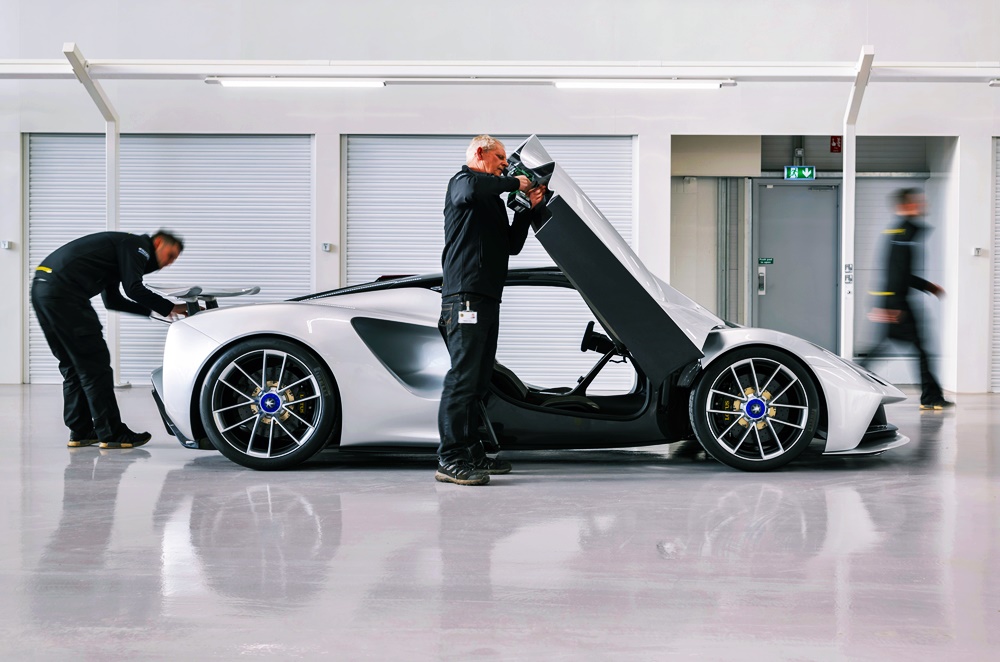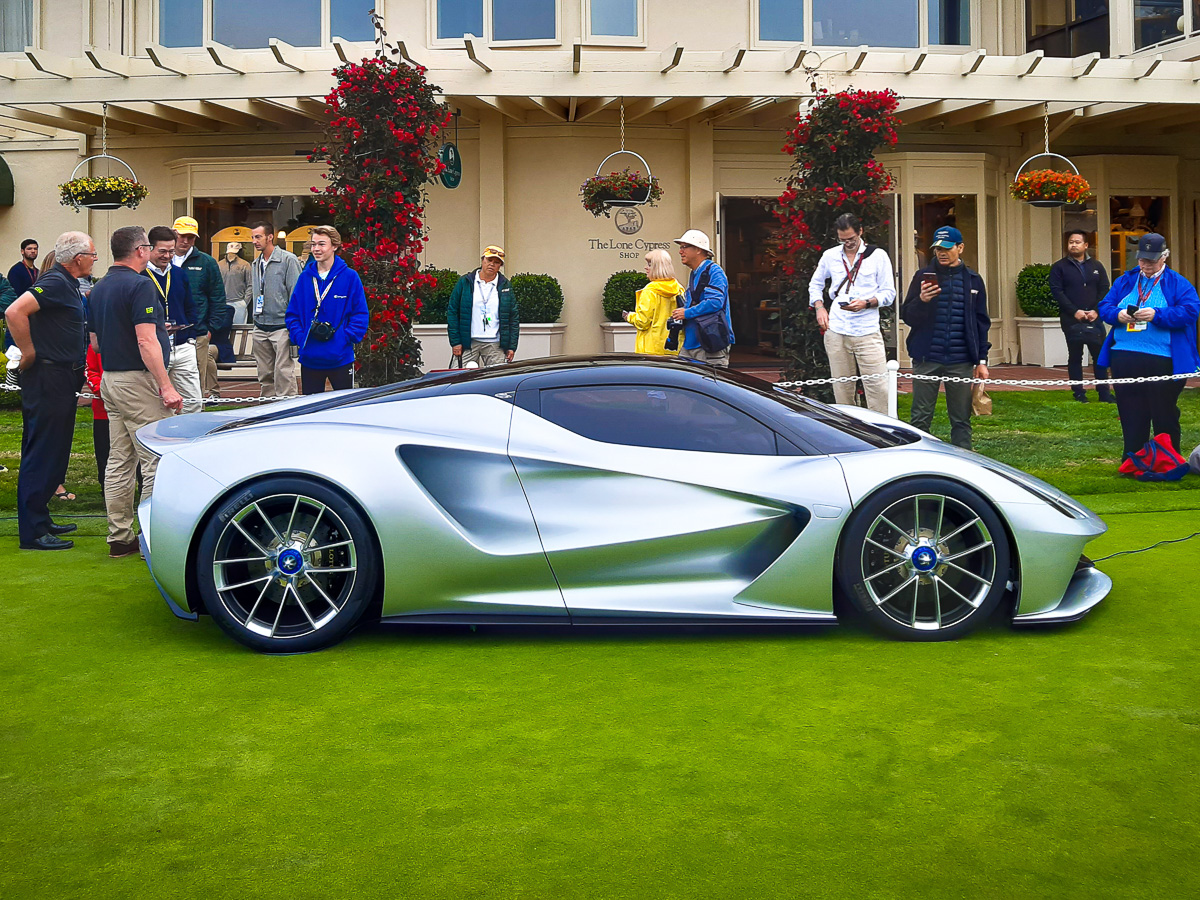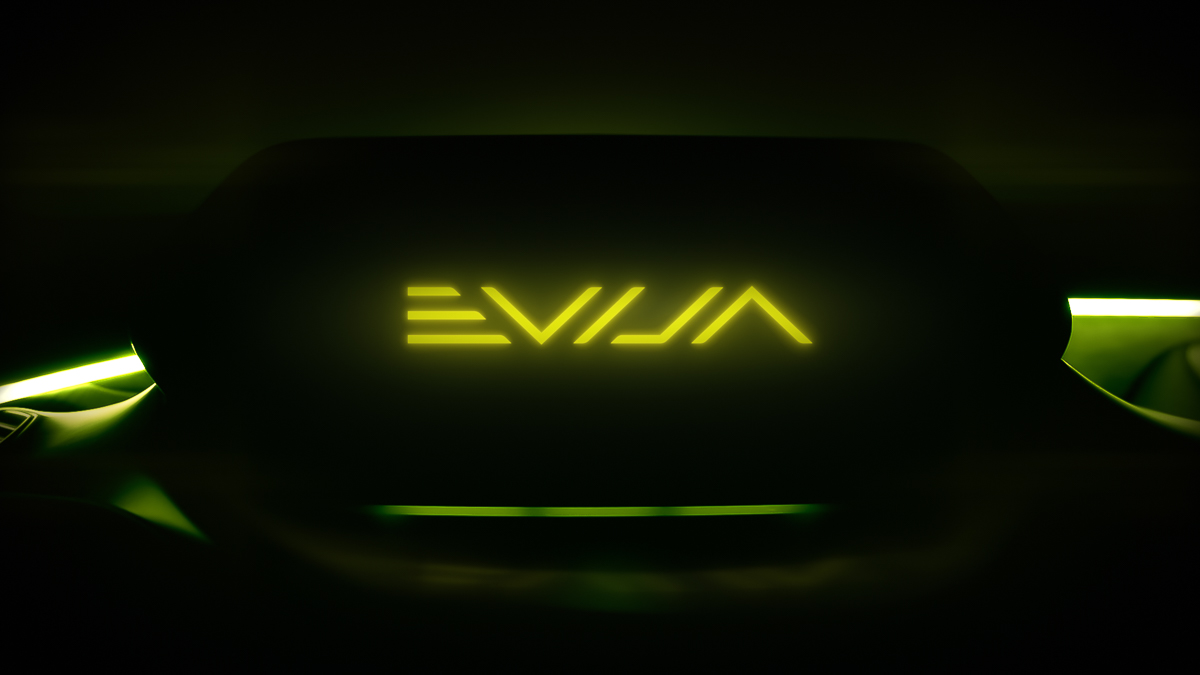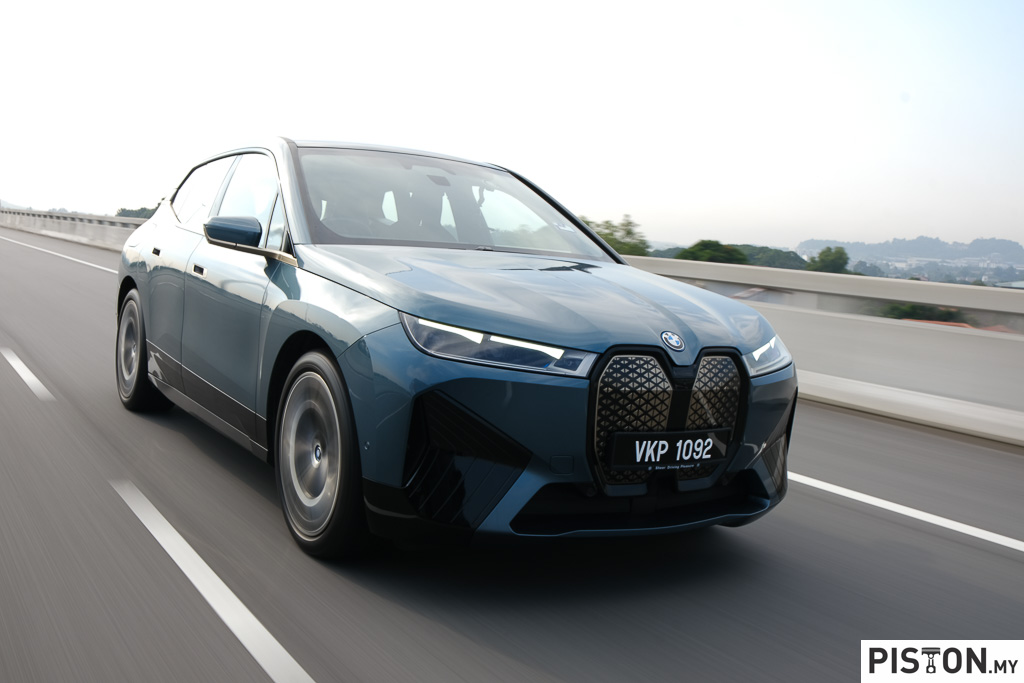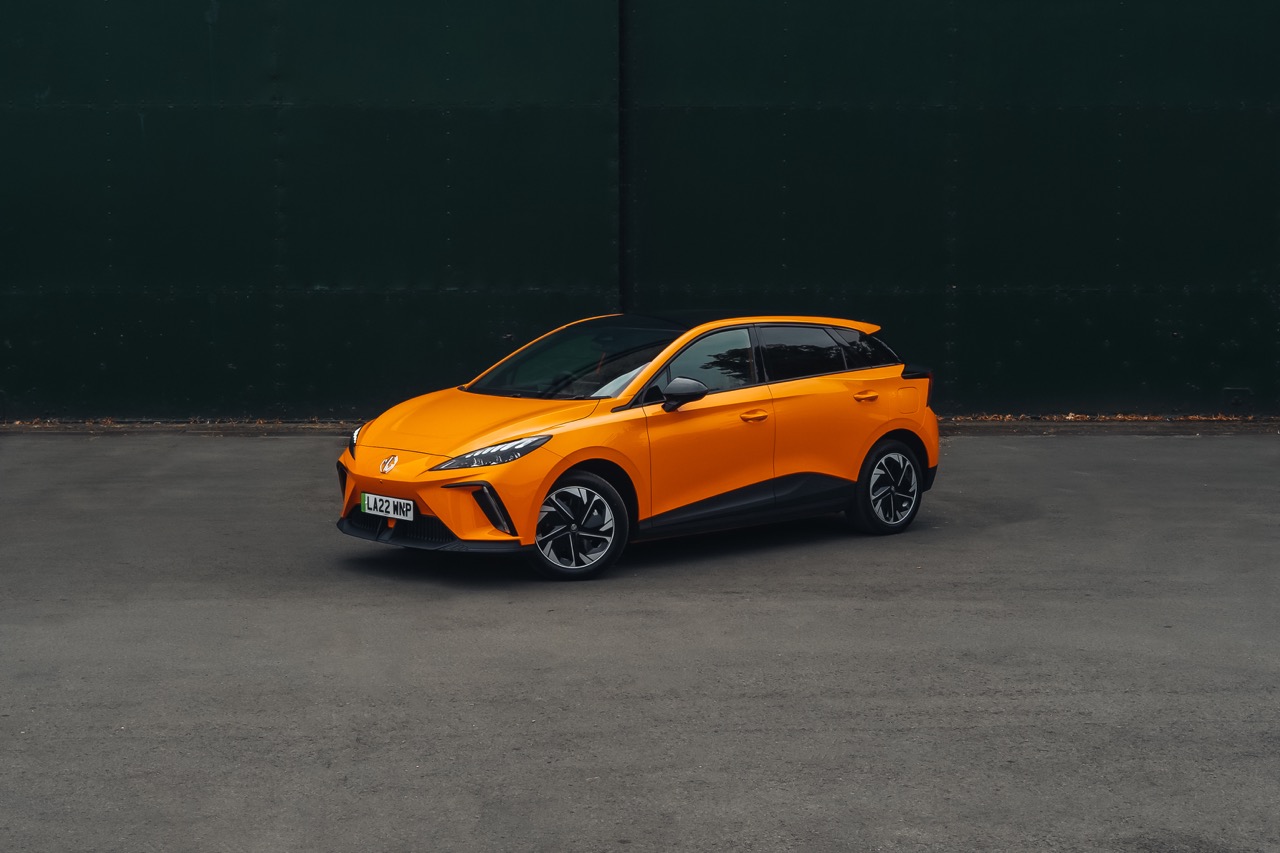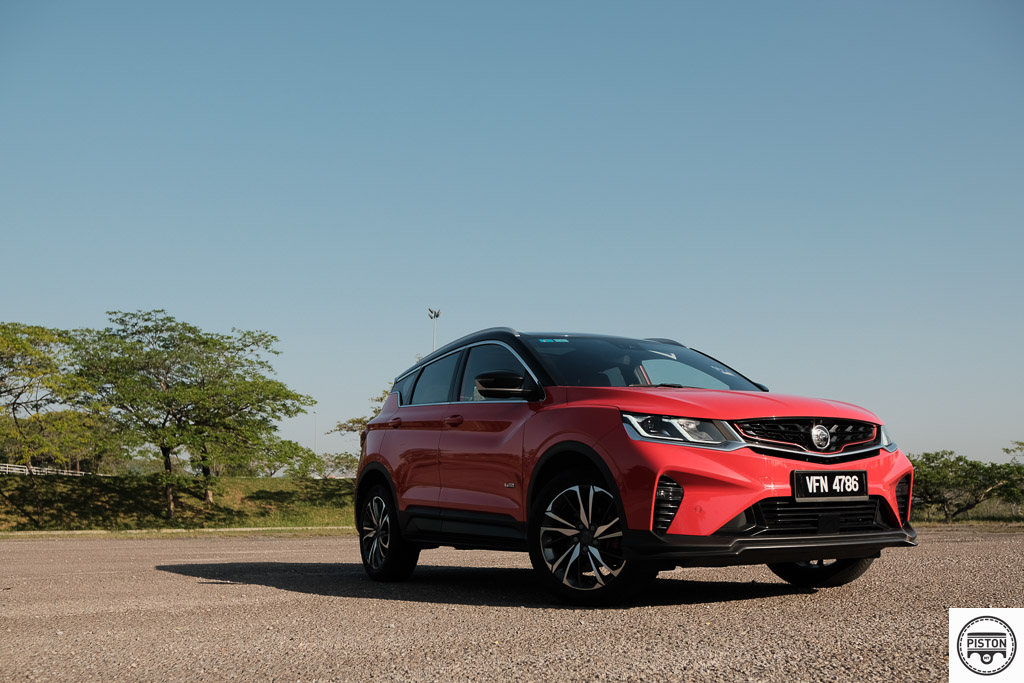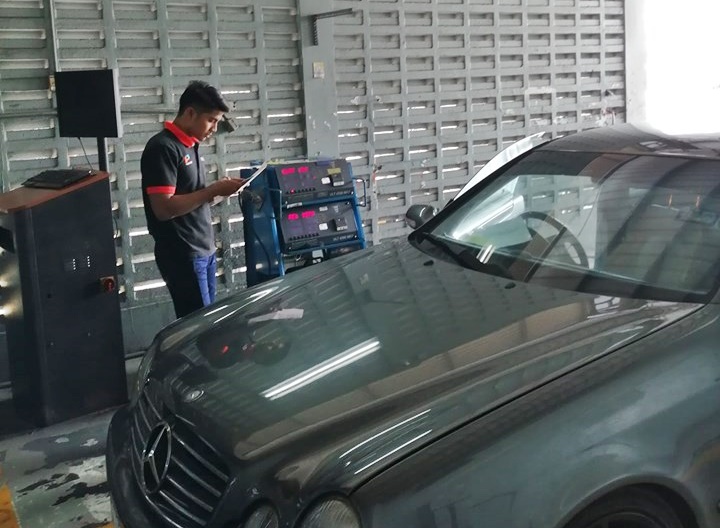With the Lotus Elise, Exige and Evora ending production this year, a single model takes over their places – the new Emira. Apart from being an truly all-new model in over a decade, the Emira also marks the end of an era – that of Lotus sportscars with internal combustion engines. The British carmaker has confirmed that moving forward, the next models appearing later in the decade will be powered only by electricity.
The Emira (which means in ‘commander’ or ‘leader’ in some languages) is the first all-new Lotus sportscar to be developed under Vision80, the company’s strategic plan guiding the transformation of Lotus as it moves towards its 80th anniversary in 2028. Acting as a catalyst to further enhance brand awareness globally, it’s spearheading the repositioning and expansion of the Lotus retail network ahead of the arrival of a family of new vehicles.
“The Emira is a game-changer for Lotus. It stands as a beacon of everything we have achieved to date in the transformation of the business, the embodiment of our progress. It is a highly significant milestone on our path to becoming a truly global performance car brand,” said Matt Windle, MD of Lotus Cars.
New design language
Bridging the transition from one era to a new one, the Emira has new design language, some of which has already been seen on the Evija hypercar. Sculpted surfaces and technical detailing, delivering exotic supercar appeal in the sportscar segment, are complemented by a new and more premium approach for Lotus in terms of forms and materials with higher build quality than ever before.
The influence of the Evija is evident in the fluid surfaces and crisp feature lines. The lineage is even more obvious on the prominent leading edge of the bonnet, with unique-in-class exit vents to guide airflow over the car and optimise aerodynamics. The bonnet houses the current version of the iconic Lotus roundel, its first appearance on a new Lotus sportscar and slightly larger than on previous models.
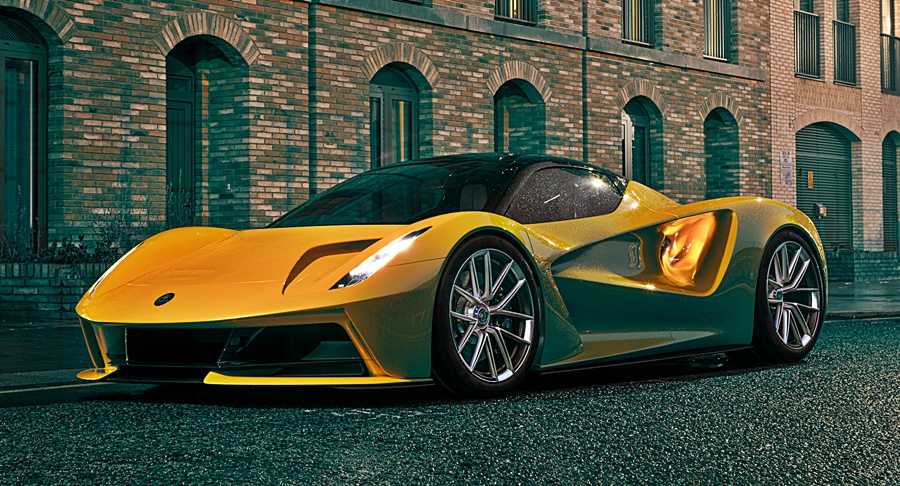
Active aerodynamics unnecessary with clever engineering
Aerodynamics have always been at the heart of the Lotus since the company was founded in 1948, with Colin Chapman coming up with many innovations. It is a philosophy inextricably linked to delivering outstanding performance whether a car is on the road or racetrack. And the approaches taken are kept simple – no active aerodynamics as clever engineering means they’re not needed.
The Emira is the only model in its class to create passive downforce that’s precisely balanced between the front and rear axles at all speeds, perfectly tuned to the weight distribution and suspension geometry of the car. It means as downforce increases with speed, generating exceptional grip through corners, the handling characteristics remain constant, precise and predictable.
Lotus Sports Car Architecture
The Emira has been developed on a new lightweight bonded aluminium chassis, technology pioneered by Lotus and which remains part of the company’s sportscar DNA. Known as Lotus Sports Car Architecture, it debuted with the Elise. However, for the Emira, every dimension is different to any previous Lotus chassis and it is fabricated in an all-new facility as well.
The car, which has a target weight of 1,405 kgs, has two defined chassis and suspension settings. Tour is tuned for everyday road use, delivering the optimum blend of Lotus dynamic performance and handling with a more comfortable ride. Sports is available with the optional Lotus Drivers Pack and provides a slightly stiffer suspension set-up for enhanced dynamic capability and feel. Hydraulic steering provides excellent feedback for the driver.
Two engine options
Customers will have a choice of two engines, with the familiar Toyota-source, Lotus-engineered supercharged 3.5-litre V6 being available initially. This will produce 360 – 400 bhp and 430 Nm, with a 0 to 100 km/h acceleration time claimed to be less than 4.5 seconds with a top speed of up to 290 km/h.
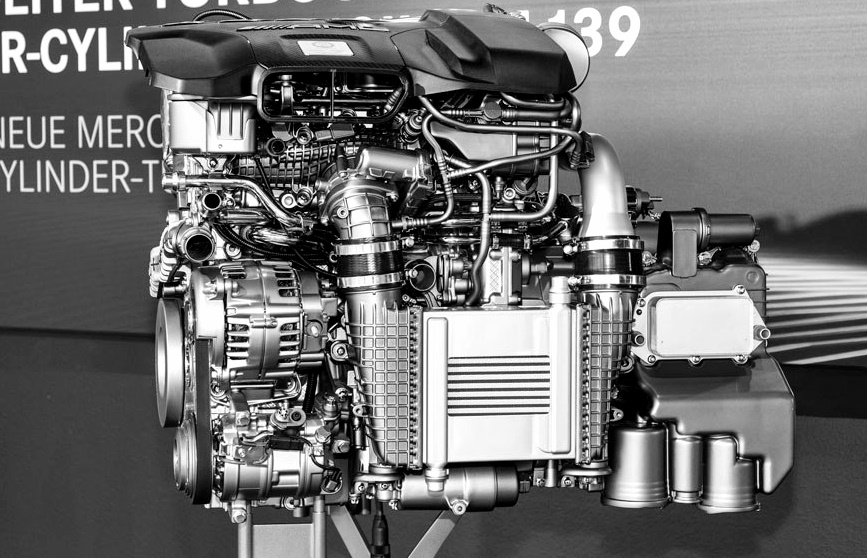
The second option will be a Mercedes-AMG 2-litre turbocharged unit, the M139. This is currently the world’s most powerful production 4-cylinder unit. Depending on the state of tune done by Lotus engineers, the German engine could provide up to 416 bhp and will come with AMG’s 8-speed dual-clutch transmission.
Interior design – a huge leap ahead
Within the 4412 mm long and 1895 mm wide body, the cabin follows traditional Lotus principles of putting the driver at the very centre of the experience. The cockpit environment, with minimum distractions, has essential controls easily reached and efficient ergonomics.
There’s a huge leap forward in all aspects of the cabin, from the contemporary design and quality of materials to the increase in storage space, fit and finish, attention to detail and abundant advanced technology now integrated. The modern technical finishes create a premium experience for the driver – ‘technology with soul’ – and some details added pay tribute to the heritage and sporting success of Lotus.
Examples include the positioning of the gearstick on manual cars, which echoes that of the iconic Esprit, and the semi-exposed gear linkage visible at the base of the centre console on V6 manual cars, as on the Elise and Exige. Adding to the sense of theatre is the protective red cover over the start/stop button.
The early Lotus cars had the bare minimum of equipment in the cabin. It was the trade-off for the exhilarating drive that could be experienced. However, this singlemindedness gradually changed over the decades and comfort and convenience features found their way into the cabin. In the Emira, the two seats have 4-way electric adjustment, with the option to upgrade to a premium sports seat with 12-way electric adjustment.
Besides the flat-bottomed sports steering wheel, features available include keyless go, cruise control, rain-sensing wipers, electric folding door mirrors, parking sensors, auto-dimming rearview mirror, curtain airbags, launch control, and even a stolen vehicle tracker.
Advanced Driver Assistance Systems are also provided, such as adaptive cruise control, anti-collision system, fatigue alert, road sign information, vehicle speed limiter, lane departure warning, rear cross traffic alert, and lane change assist. Purists may be unhappy about this ‘overload’ of technology but these systems are generally non-intrusive, activating only when needed to prevent an accident.
The first public display of the Emira will be at the Goodwood Festival of Speed in England which starts tomorrow. Orders are now being taken worldwide for the car which has a starting price of 72,000 euros (about RM354,000). The first customers will get their cars from March next year.
